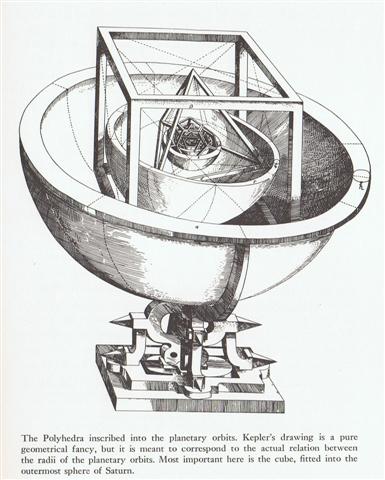Next we should consider the curious honui figure in Ca2-19:
The front kai arm of honui is curved, which could suggest the last phase of a journey (in time). The cube of 5 probably means Saturn, the final planet of the week:
Here the basic lead for us is probably a glyph in the Tahua text, explained by Bishop Jaussen:
In the core of a woman's head gear there was a kana rei = a dry bivalve shell of some crustacean (or possibly turtle?) which was intended to represent one of the pair of sides of a ship (canoe).
The dry (paka) shell was put inside her head gear, close to the hair of the woman, which, I guess, by sympathetic magic could make the dead shell fertile again, to grow things. There are two more places in the Mamari text which need to be studied in this context:
360 days beyond March 21 there is a figure with 2 heads (puoko erua). Then follows tagata puo pouo. This is not poo pouo (at Ca2-19) - because poo is not puo - and we cannot assume they mean the same thing, rather the opposite. But I guess Metoro's pouo is only another spelling of the head gear poouo. Also the other place is located here, just after the π date March 14 (3-14):
There are 50 days from puo pouo in March 16 (75) to poo pouo in May 5 (125). I have no word poo in my word list. Puo pouo ought to mean 'covered' (puo) by the head gear pouo. Metoro's poo pouo could be his way to express the opposite, viz. the change due after 50 days, in day 125. In other words it could mean the head gear season is over when May 5 arrives, that there is no longer any need to 'push growth' by contact with a woman's hair. The curved arm in Ca2-19 resembles the curved arm in Cb14-7. And both are perhaps expressing the form of the kana rei.
When Menkar, the head of Cetus, rose heliacally in May 5 the headgears came off, the head should no longer be covered (puo). Aquarius was no longer ruling. | |||||||||||||||||||||||||||||||||||||||||||||||||||||||||||||||||||||||||||||||||||||||||||||||||||||||










